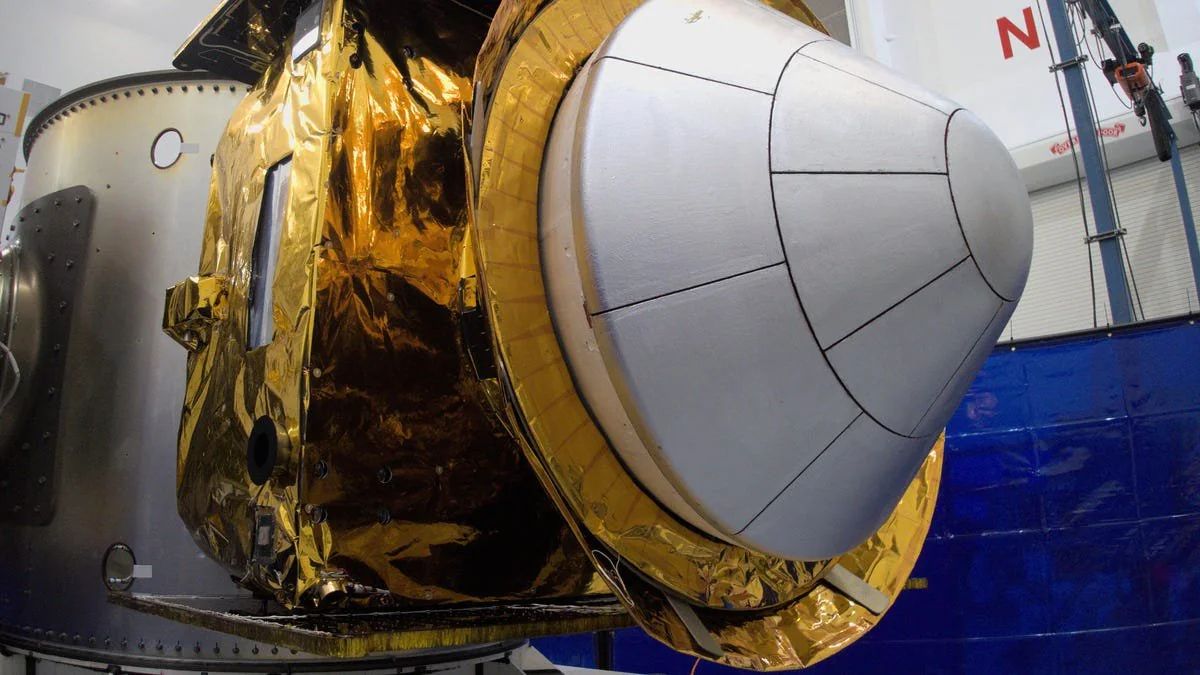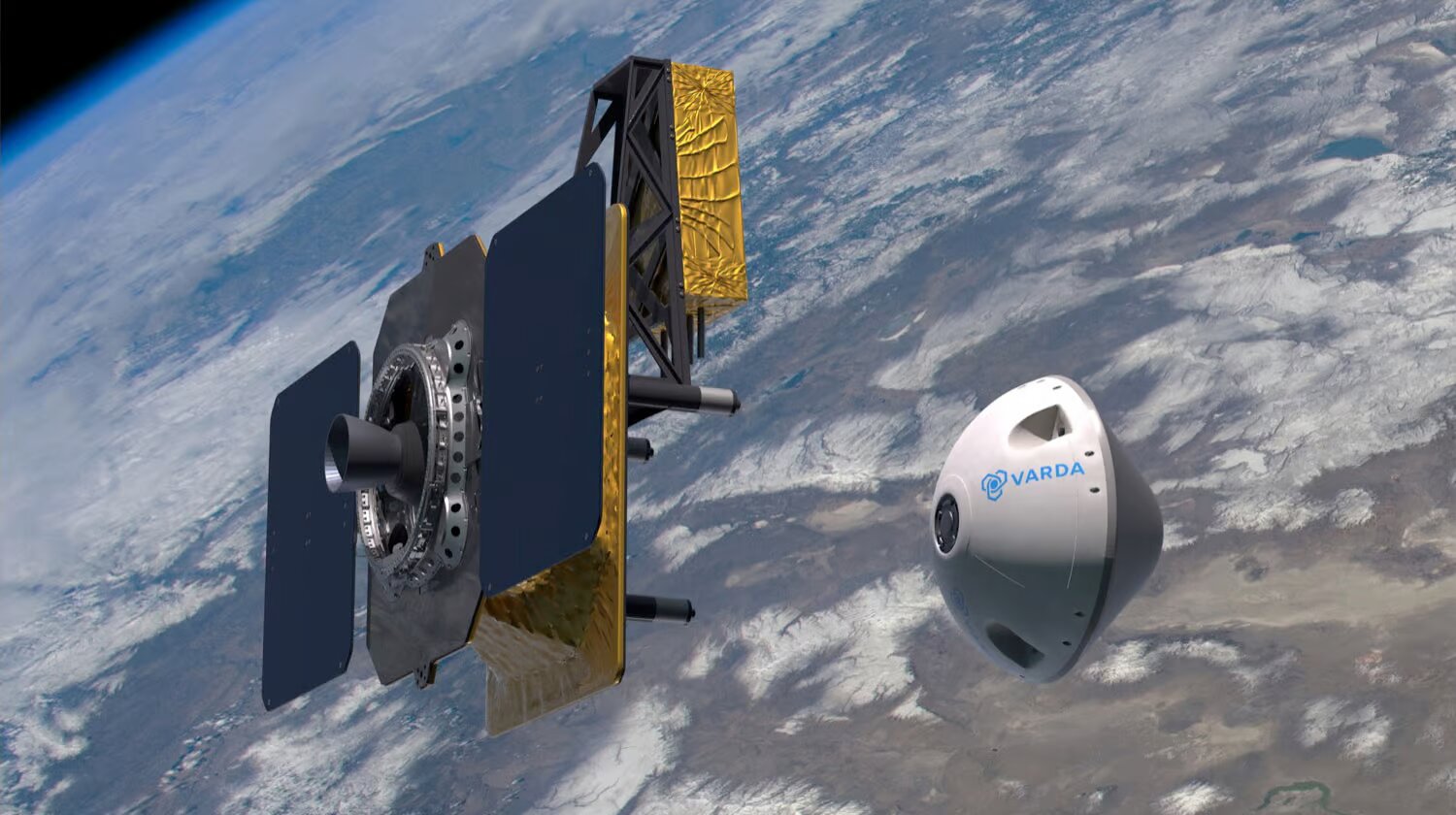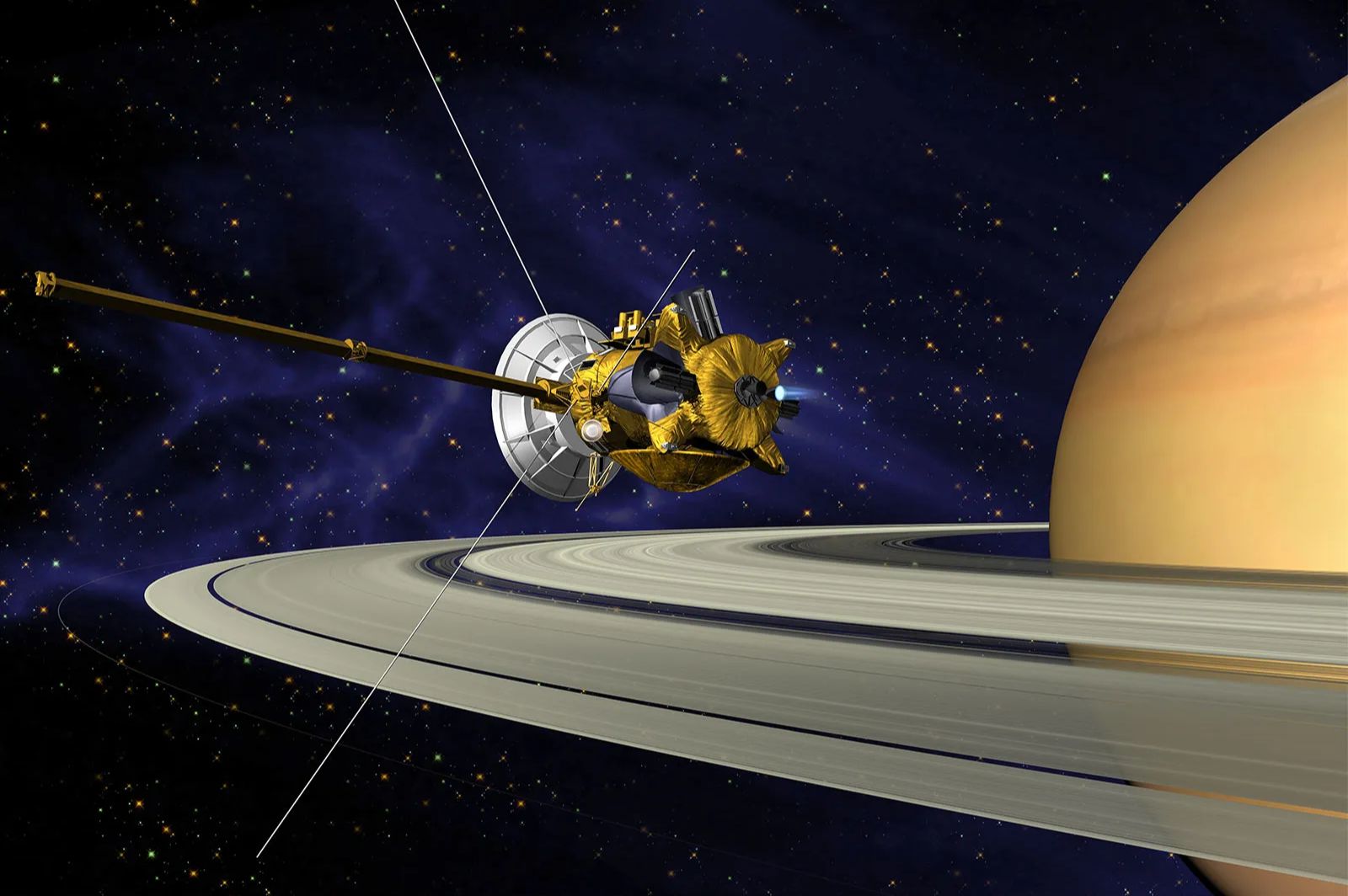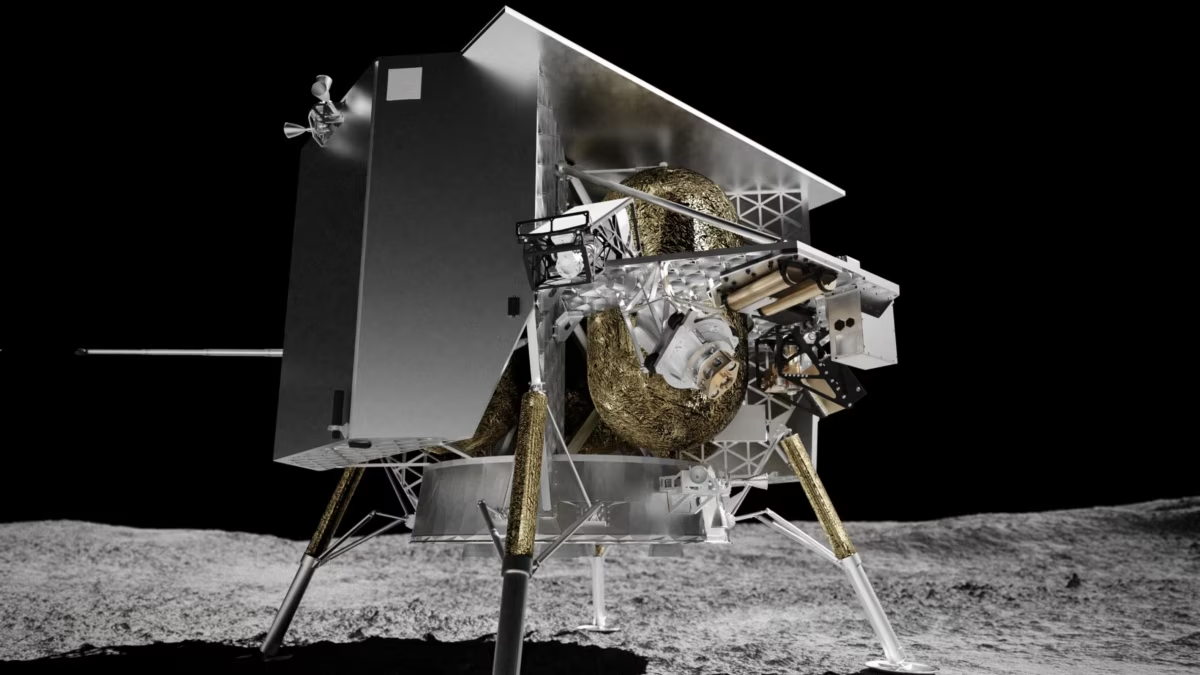In an effort to overcome regulatory hurdles in the United States, Varda Space Industries, a pioneering in-space manufacturing startup, has announced that it will be landing its next spacecraft in Australia. This decision comes as the company continues to coordinate its first mission reentry with U.S. regulators.
Key Takeaway
Varda Space Industries plans to land its next spacecraft in Australia as it continues to navigate regulatory challenges in the United States. The company remains confident in meeting the necessary requirements and aims to coordinate a new set of target dates for reentry. The decision to utilize different ranges strategically aligns with Varda’s long-term vision of increasing reentry cadence to once per month by 2026.
Regulatory Challenges and the Need for Coordination
During the last month, Varda’s application to land its first in-space manufacturing spacecraft in the Utah desert was rejected by the U.S. Air Force and the Federal Aviation Administration (FAA). The primary issue, according to Varda CEO Delian Asparouhov, stems from the coordination process among the three parties involved in the new reentry framework called Part 450.
Asparouhov emphasized that the rejection had nothing to do with the safety of Varda’s vehicle, design, or analyses. Instead, it was a matter of efficiently coordinating the reentry process within the framework. However, he remains confident that the company meets all the regulatory requirements set forth by Part 450. The focus now is on establishing a new set of target dates for the spacecraft’s return home through ongoing discussions with the Utah Test and Training Range (UTTR).
Australia as a Landing Site
Aiming to avoid potential regulatory compliance issues in the U.S., Varda Space Industries has entered into an agreement with Australian company Southern Launch. This partnership will facilitate the landing of Varda’s next capsule at the Koonibba Test Range in 2024.
It is crucial to note that Varda is not permanently relocating to Australia for its next mission. The company will still need an FAA reentry license, even if the capsule is not reentering on American soil. The decision to utilize different ranges for reentry is based on factors such as availability, resources, and capabilities.
Understanding the availability of ranges is particularly vital for spacecraft reentries. Once the satellite bus executes its reentry burn, it cannot be delayed like a rocket launch. Therefore, Varda anticipates partnering with multiple ranges. Asparouhov envisions having a minimum of 3-4 ranges online to achieve a reentry cadence of once per month by 2026.
Regulatory Considerations and the Space Industry
Regulatory burdens have become a significant concern for the space industry this week. Three prominent space companies recently testified before Congress, unanimously requesting additional resources for the FAA to handle the growing licensing workload. They also emphasized the need for streamlined regulations, ensuring American competitiveness globally.
Asparouhov echoed these sentiments by highlighting the exponential growth in space activity over the past nine years. He pointed out that it is not necessarily a matter of policy changes but rather staffing and responsiveness. The FAA’s Office of Commercial Space Transportation (AST), responsible for regulation and safety, is facing increasing demands with the surge in space-related activities.

























